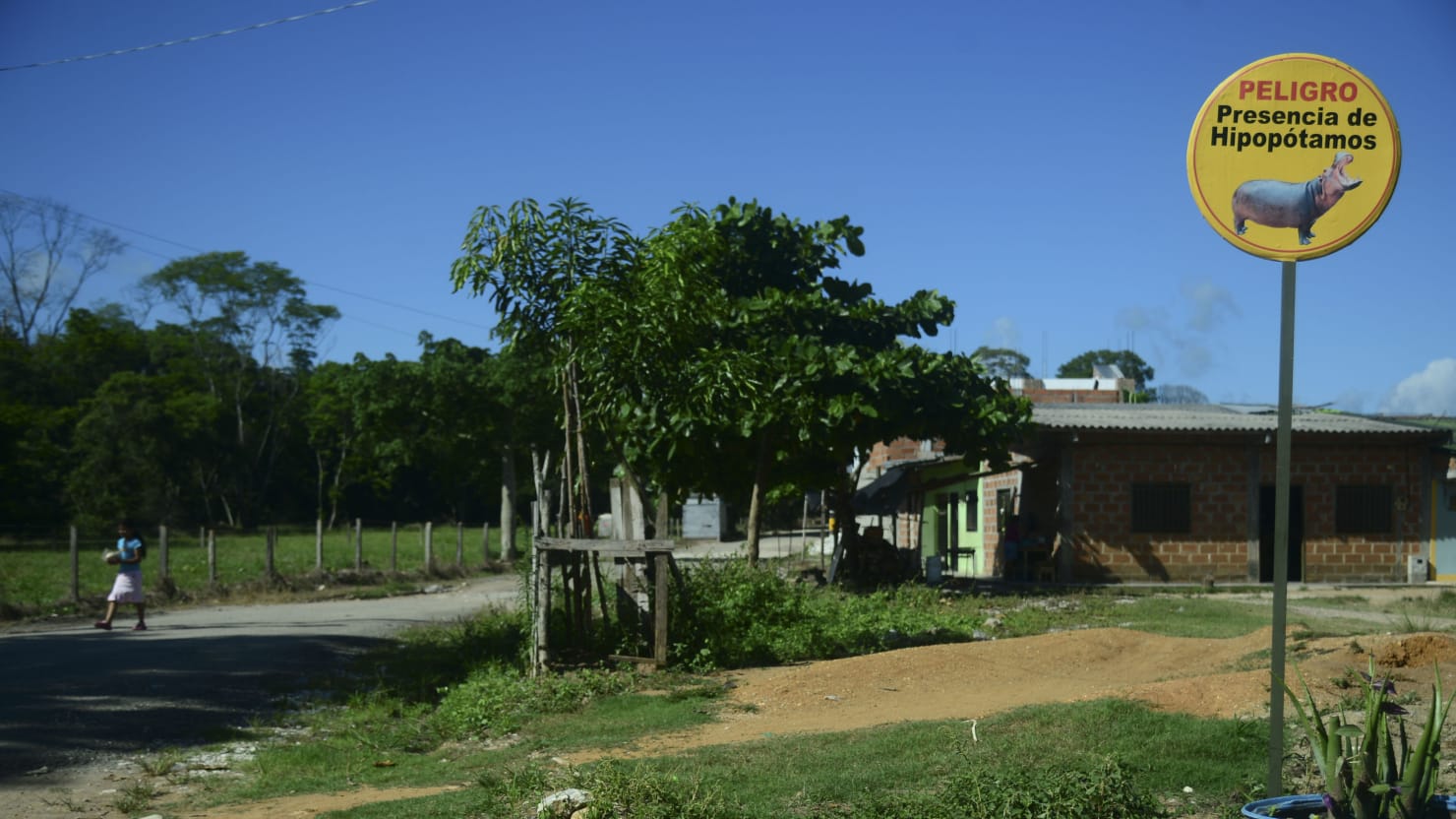Up to 100 hippos, all descendants of four animals illegally imported into Colombia by cocaine smuggler Pablo Escobar in the late 1980s, are threatening Colombia’s swamps and river systems.
Scientists said The Daily Telegraph that the country must now slaughter the aggressive “cocaine hippos” that roam the Magdalena River basin, while breeding voraciously in the country’s humid and hot climate. In their natural African habitat, hippos must face a long dry season.
Escobar, who was said to be worth an astonishing $ 25 billion in height, becoming the seventh richest man in the world, was known for buying lavish gifts and boasted of literally burning money occasionally to keep his family warm.
In 2020, a nephew found a $ 18 million plastic bag hidden on the wall of one of his old homes.
His zoo, complete with elephants and hippos, was just another indulgence.
When he was shot dead in 1993, the Colombian government took control of his property, including animals, most of which were sacrificed or sent to zoos and parks.
Four hippos, however, living in a remote lake, escaped slaughter; now there are dozens of them living in the jungle. The exact number is unknown, but the Telegraph puts the number between 80 and 100, which makes them the largest invasive species on the planet. Their number will increase to almost 1,500 by 2040 if they are not controlled.
“Nobody likes the idea of shooting a hippo, but we have to accept that no other strategy will work,” said ecologist Nataly Castelblanco-Martínez The telegraph.
Hippos have become a local tourist attraction; paying visitors can visit the old Escobar mansion and visit the lake where several dozen hippos live now.
But the researchers say that hippos are competing with native wildlife and polluting local waterways with their toxic urine and feces.
Hippos are extremely aggressive and kill more people annually than any other African mammal. Last year, a Colombian cattle rancher was stung by a hippo and launched into the air, breaking his leg, hip and several ribs.
Another method discussed for controlling hippos, sterilization, was unsuccessful – due to the fact that male hippos have retractable testicles.
David Echeverri Lopez, a government environmentalist, said The telegraph that he is able to castrate about one hippo a year, while scientists estimate that the population grows 10% a year.
